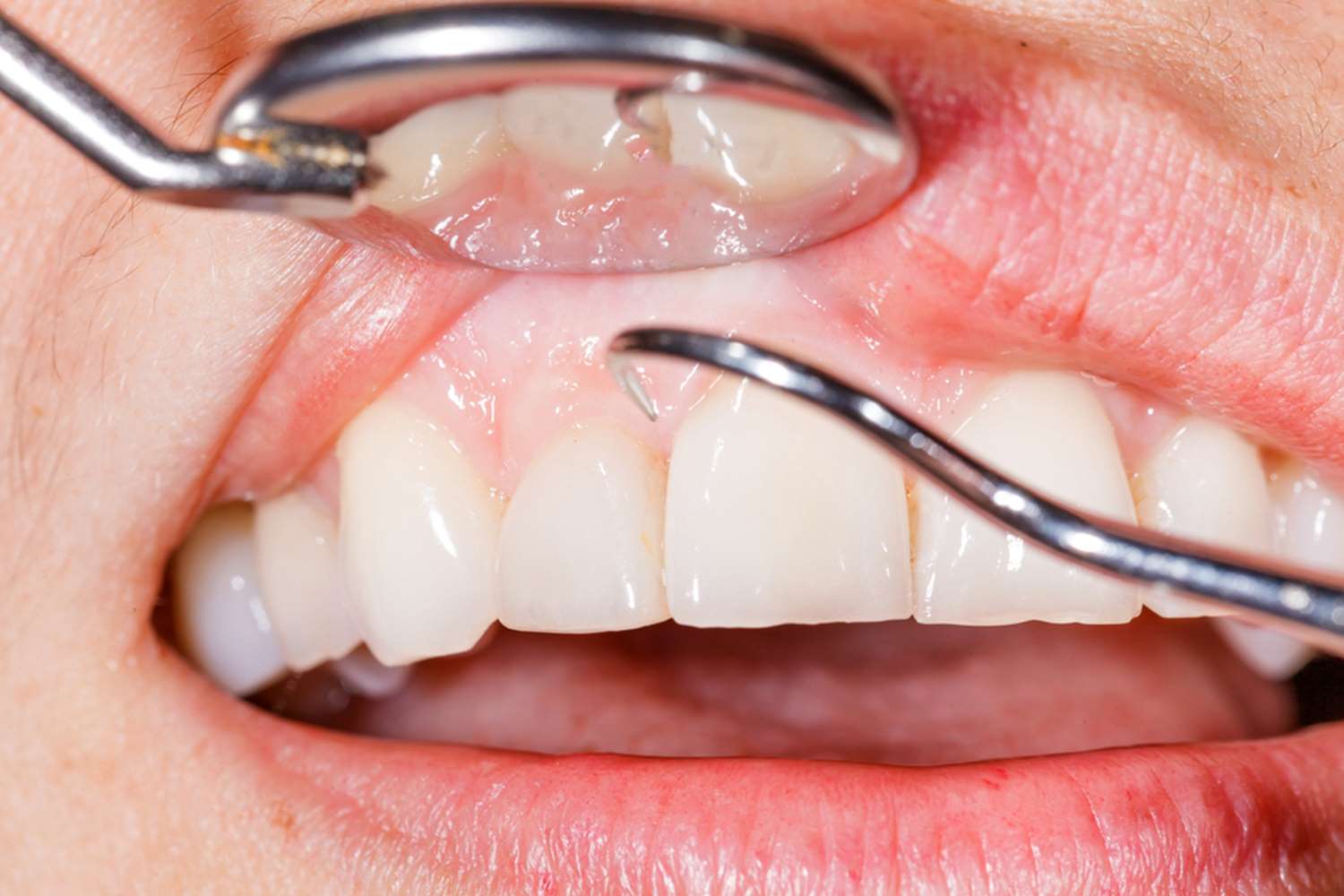Hardly anyone pays much attention to gum disease these days. The truth is that it is something you should concern yourself with if you want to live healthily. However, there are many gum grafting myths you should probably ignore. Your dentist near you desires nothing more than to set the record straight regarding these myths.
Myth 1: No Need to Be Concerned About Bleeding Gums
Needless to say, red, swollen, and bleeding gums are among the first signs of gum disease. This is something you’ll notice while you are flossing or brushing and eating certain foods. The minute you see bleeding problems in your gum area, contact your dentist in Brandon immediately.
Myth 2: Only People Who Are Unhealthy Need Gum Grafting.
This couldn’t be further from the truth. One shouldn’t associate gum grafting surgery only with individuals who are unhealthy. You could be healthy on the outside, but your gums tell another story on the inside. Not seeking help from a dentist who is an expert in gum grafting near you may put your health at risk.
Myth 3: You are Looking at a Painful Long Recovery Time
This is a common myth that regularly does its rounds, but you shouldn’t believe one word of it. While it’s wise to remain at home following a gum grafting procedure, you may resume normal activities after only one day of rest. Many patients reported no pain after being to a dentist who performed gum grafting in Brandon.
Myth 4: Make Yourself Ready for Complication During Graft Surgery
Contrary to what others are saying, gum grafting is perfectly safe and has a high success rate. It is a procedure that stood the test of time and showed tremendous success in surgery cases that involved repairing thinning gums because of aggressive brushing. Usually, the only complications that may set in are due to improper post-surgery care.
Myth 5: I Do Not Need Gum Grafting as There are No Cavities
Your gum health is closely related to how healthy your teeth would be. Just because you notice no cavities does not necessarily mean that you’re free from gum disease. Even individuals who had no record of a cavity ever may fall victim to gum disease to the extent where they’ll need a gum grafting procedure done.
Why Does a Dentist Perform Gum Grafting?
A gum tissue graft may be recommended if your gums are receding. Gum recession exposes your teeth’ roots. This can make your teeth’ root surfaces more susceptible to decay, as well as more sensitive and vulnerable to abrasion.
A gingival graft, commonly known as a gum graft, can treat receding gums. Your dentist may recommend you to a periodontist or gum specialist for this minor surgical procedure.
A gum transplant begins with your periodontist removing a piece of tissue from the roof of your mouth or healthy gum tissue. They will secure it to the area of your mouth where your gums have worn down. This operation lasts for a few minutes only, and you can go as soon as it’s finished.
How Can You Prepare for Your Gum Graft?
A periodontist will talk to you about your options to provide a recommendation depending on individual needs.
You don’t have to fast or modify your diet the day before or the day of the treatment if you’ve chosen to have it done. It’s only a matter of showing up. Your periodontist will confirm the type of transplant.
In one to two weeks, you should completely recover from a gum graft. A week or so following the treatment, arrange a follow-up consultation with Chancellor Dental to ensure that you’re completely healed and that the graft is satisfactory.






